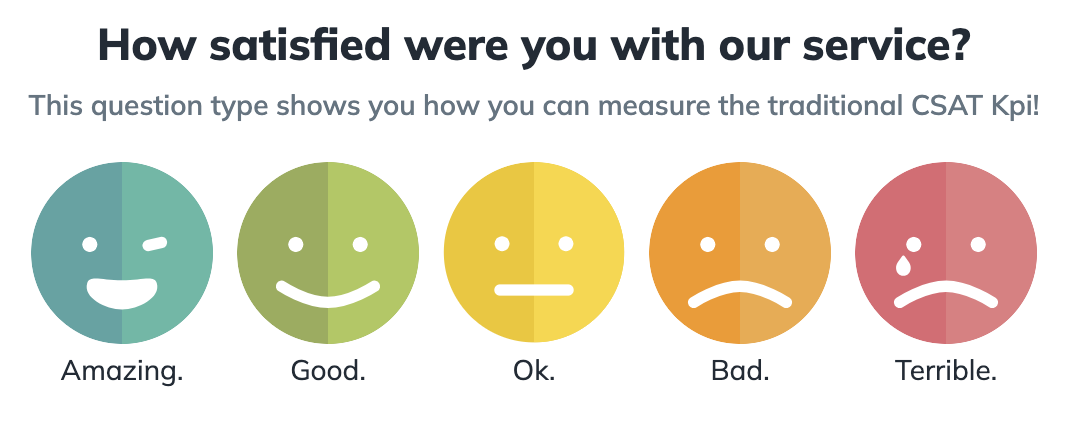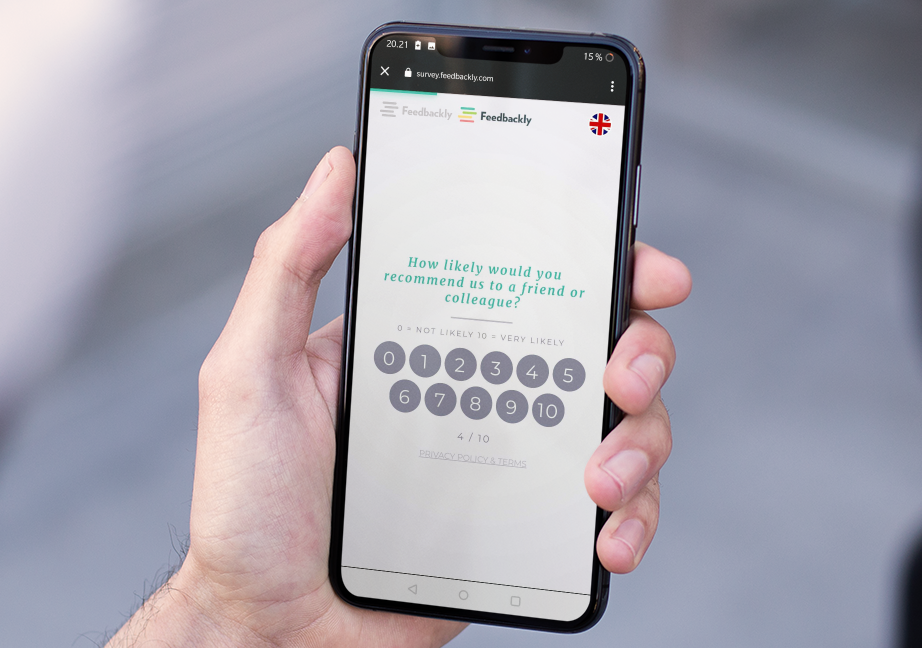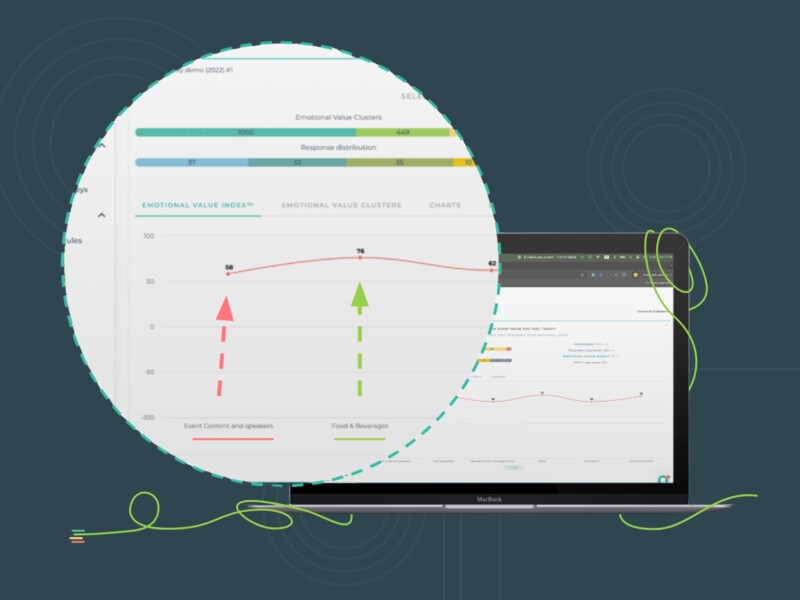CSAT and NPS are two metrics that tell you how much your customers like you, albeit differently. They both hold important positions in the realm of CX, helping brands measure and improve their customer journeys consistently. Before we delve into the saga of CSAT vs. NPS, let us decode these metrics and understand their purpose separately.
What is CSAT?
Customer Satisfaction Score (CSAT) is a metric designed to measure customer satisfaction, whether it’s regarding a product, service, touchpoint, or the overall experience. The CSAT survey asks the customers to rate their satisfaction on a scale of 1-5, ranging from very unsatisfied to very satisfied. The score is calculated by taking the satisfied and very satisfied respondents as a percentage of the total number of respondents. CSAT is popular due to its simplicity and ease of measurement.

What is NPS?
Net Promoter Score (NPS) is a metric that measures the customer’s likeliness to recommend the product, service, or brand to other people. It is one of the most celebrated metrics used to gauge customer loyalty and advocacy. The survey asks the customers to rate their willingness on a scale of 0-10, ranging from not at all likely to extremely likely. To calculate the NPS score, the responses are divided into promoters, passives, and detractors. Then, the percentage of detractors is deducted from the percentage of promoters to obtain the score.

Differences between CSAT and NPS
Transactional vs. Relational
One main distinction between the two metrics is that CSAT is transactional, meaning that it measures the outcome of a certain interaction, whether it’s browsing the shopping website or purchasing a product. NPS, on the other hand, is a relational metric that rounds up the overall relationship customers have with a brand. It is answered by reflecting back on past interactions.
Short-term vs. Long-term
As NPS is relational, it is considered a long-term metric. Instead of focusing on the instant results, you focus on how customers feel about your brand over a period of time. NPS aims to provide a picture of customer loyalty, which is a factor that strengthens over time. The metric helps you build a long-term clientele that also advocates for your brand.
While CSAT can be both short-term and long-term, it primarily reflects a short-term sentiment. The customer usually rates their satisfaction based on the last touchpoint or interaction. It’s also noteworthy that ‘satisfaction’ is a subjective concept, and the rating can often be influenced by how customers feel on a particular day. Also, the CSAT question is slightly biased toward satisfaction.
Application
CSAT can be applied at both micro and macro levels and is ideal for any stage in the buying journey. You can measure individual interactions or the entire experience using it. The NPS survey, however, can only be applied to the post-purchase phases in the buying journey.
CSAT vs. NPS: Which is Better?
As CSAT and NPS measure two different aspects of customer experience, both are valuable for a brand. CSAT can be used to measure and evaluate customer satisfaction on the surface level and make necessary improvements. NPS, on the other hand, can be used to evaluate the long-term relationship you build with clients.
It’s also noteworthy that both these metrics come with their own set of limitations. One common factor is neither of them gives a well-rounded picture of customer experience, and relying on these alone can lead to skewed assumptions, thereby leading to inaccurate decisions. Take a look at our CX metrics comparison chart to understand the advantages and disadvantages.
That being said, when used right and applied in the correct context, they can be highly beneficial and effective in identifying pain points and improving the buying journey. If you want to gain the full picture, we recommend using CSAT and NPS with a versatile metric like EVI®. It will provide contextual data and help you understand the issues more accurately. Also, using them with EVI® will help in seeing the real impact of satisfaction and loyalty on the business.



